Invited Speakers and Panelists
Keynote Speaker - Jocelyn Bell Burnell
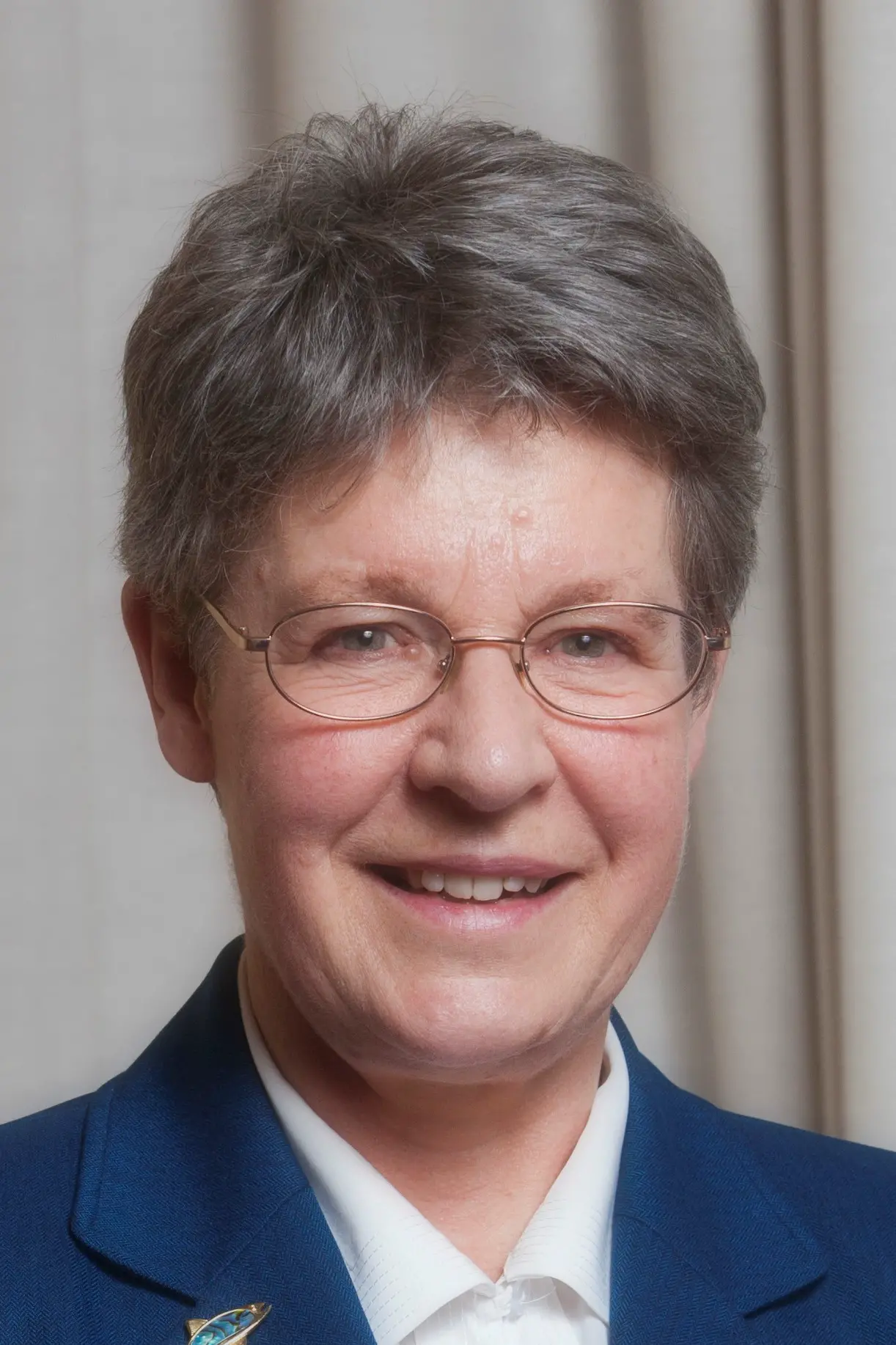
Jocelyn Bell Burnell inadvertently discovered pulsars as a graduate student in radio astronomy in Cambridge, opening up a new branch of astrophysics, work recognised by the award of a Nobel Prize to her supervisor.
She has subsequently worked in many roles in many branches of astronomy, working part-time while raising a family. She is now a visiting academic in Oxford and the chancellor of the University of Dundee, Scotland. She has been president of the UK’s Royal Astronomical Society, in 2008 became the first female president of the Institute of Physics for the UK and Ireland, and in 2014 the first female president of the Royal Society of Edinburgh. She was one of the small group of women scientists that set up the Athena SWAN scheme.
She has received many honors, including a $3 million Breakthrough Prize in 2018. The public appreciation and understanding of science have always been important to her, and she is much in demand as a speaker and broadcaster. In her spare time, she gardens, listens to choral music, and is active in the Quakers. She has co-edited an anthology of poetry with an astronomical theme, Dark Matter; Poems of Space.
Plenary Speakers
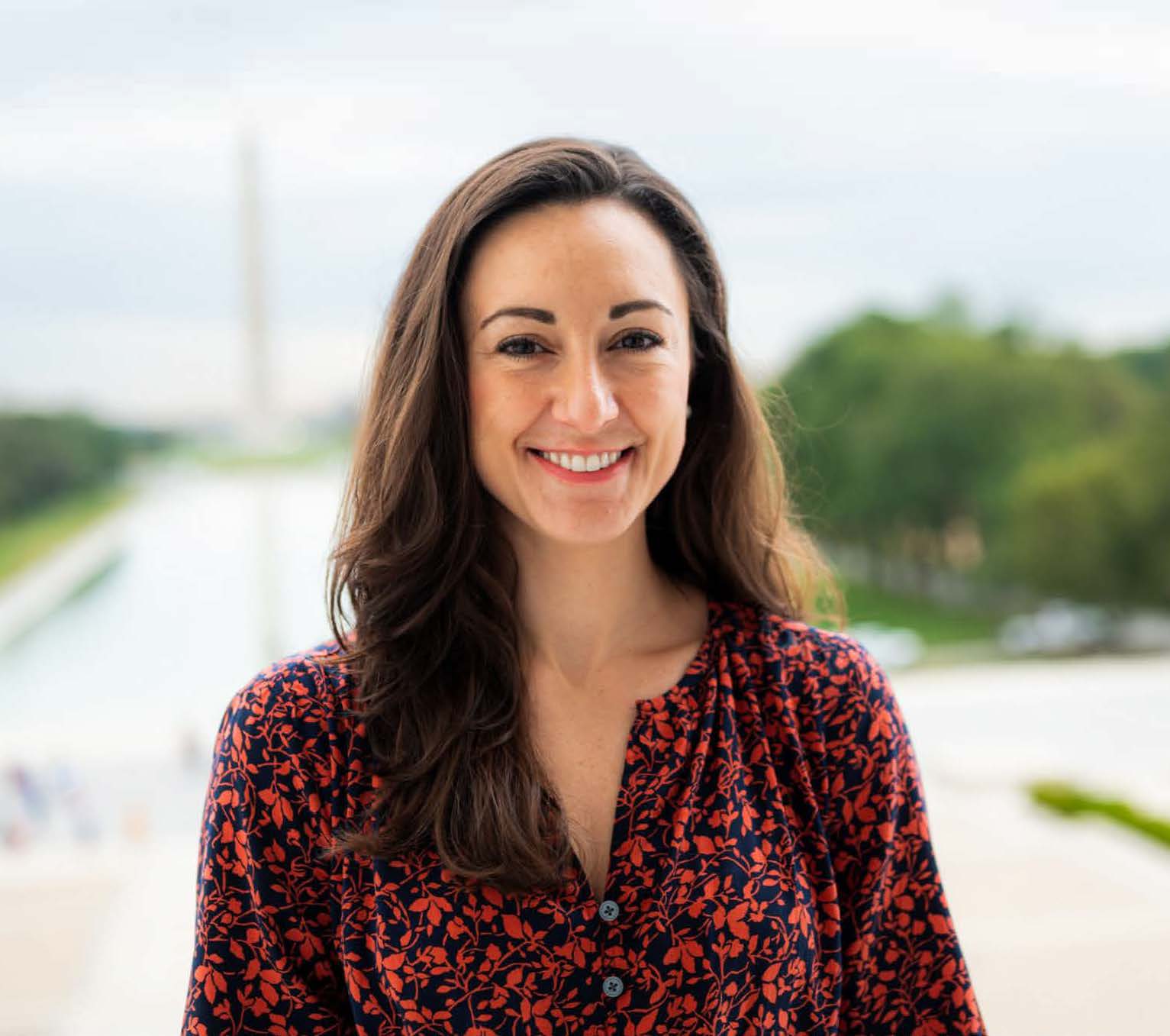
Gina A DiBraccio
Dr. Gina DiBraccio is the Deputy Director of the Heliophysics Science Division at NASA's Goddard Space Flight Center. Her research focuses on magnetospheric physics and solar wind-planetary interactions throughout the Solar System. As the Deputy Principal Investigator and Project Scientist of NASA’s MAVEN mission, Dr. DiBraccio is actively analyzing the effects space weather at Mars and characterizing the structure and dynamics of Mars’ unique magnetic environment. Her role on MAVEN’s Magnetometer team includes supporting the careful calibration and processing of data for scientific analysis. Dr. DiBraccio received her Ph.D. in Space Science from University of Michigan’s College of Engineering in 2014. She also holds a Master’s degree in Atmospheric and Space Sciences from the University of Michigan and two Bachelor’s degrees from the University of Pittsburgh in Physics & Astronomy and Business Administration. Dr. DiBraccio enjoys spending time with her three sons and husband. She loves to prioritize fitness, travel, and connecting with family and friends.
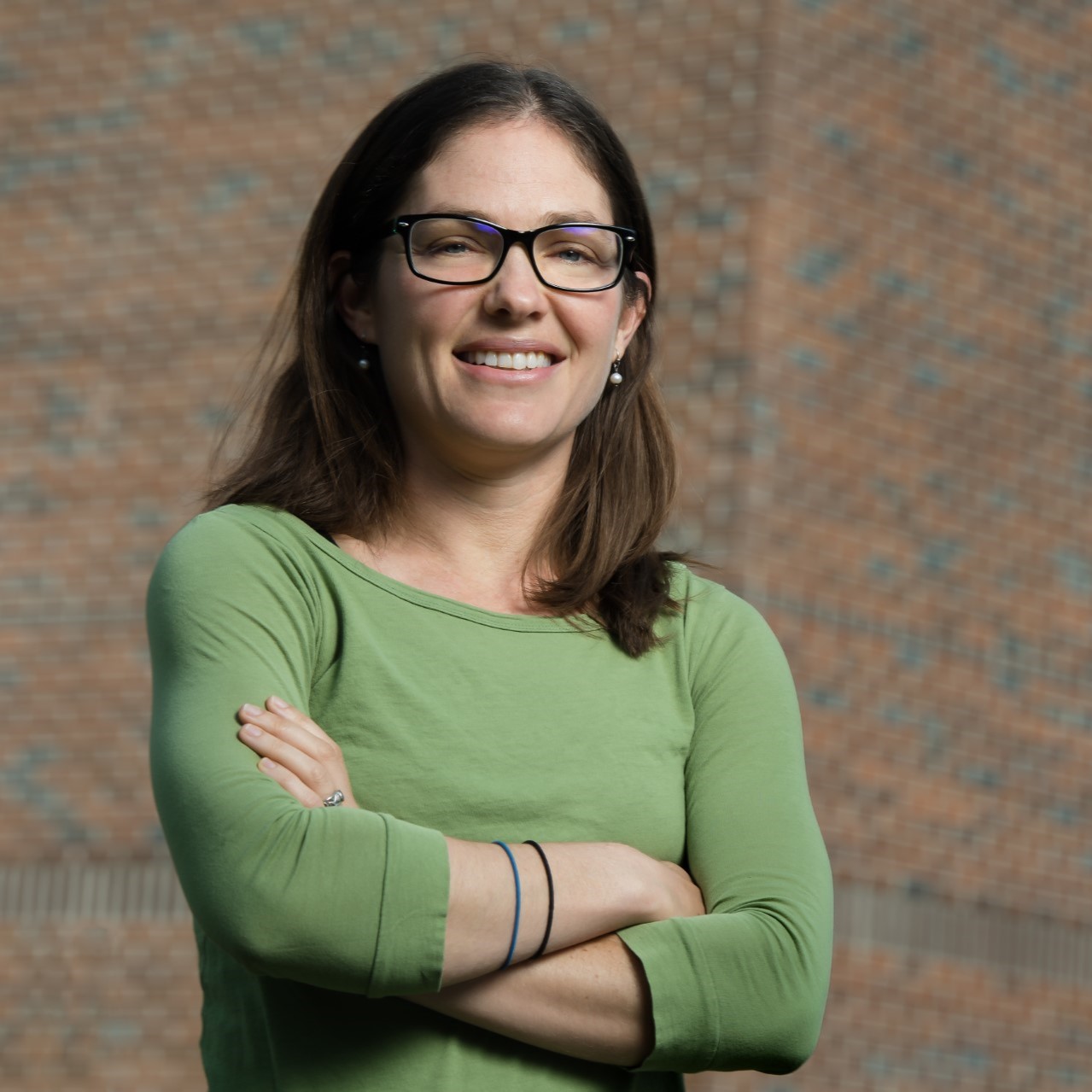
Joey Shapiro Key
Joey Shapiro Key is an Associate Professor of Physics at the University of Washington Bothell with a BA in Astrophysics from Williams College and a PhD in Physics from Montana State University. She is a member of the Laser Interferometer Gravitational wave Observatory (LIGO) Scientific Collaboration, Laser Interferometer Space Antenna (LISA) Consortium, and the North American Nanohertz Observatory for Gravitational waves (NANOGrav) collaboration, contributing to data analysis development across the gravitational wave spectrum.
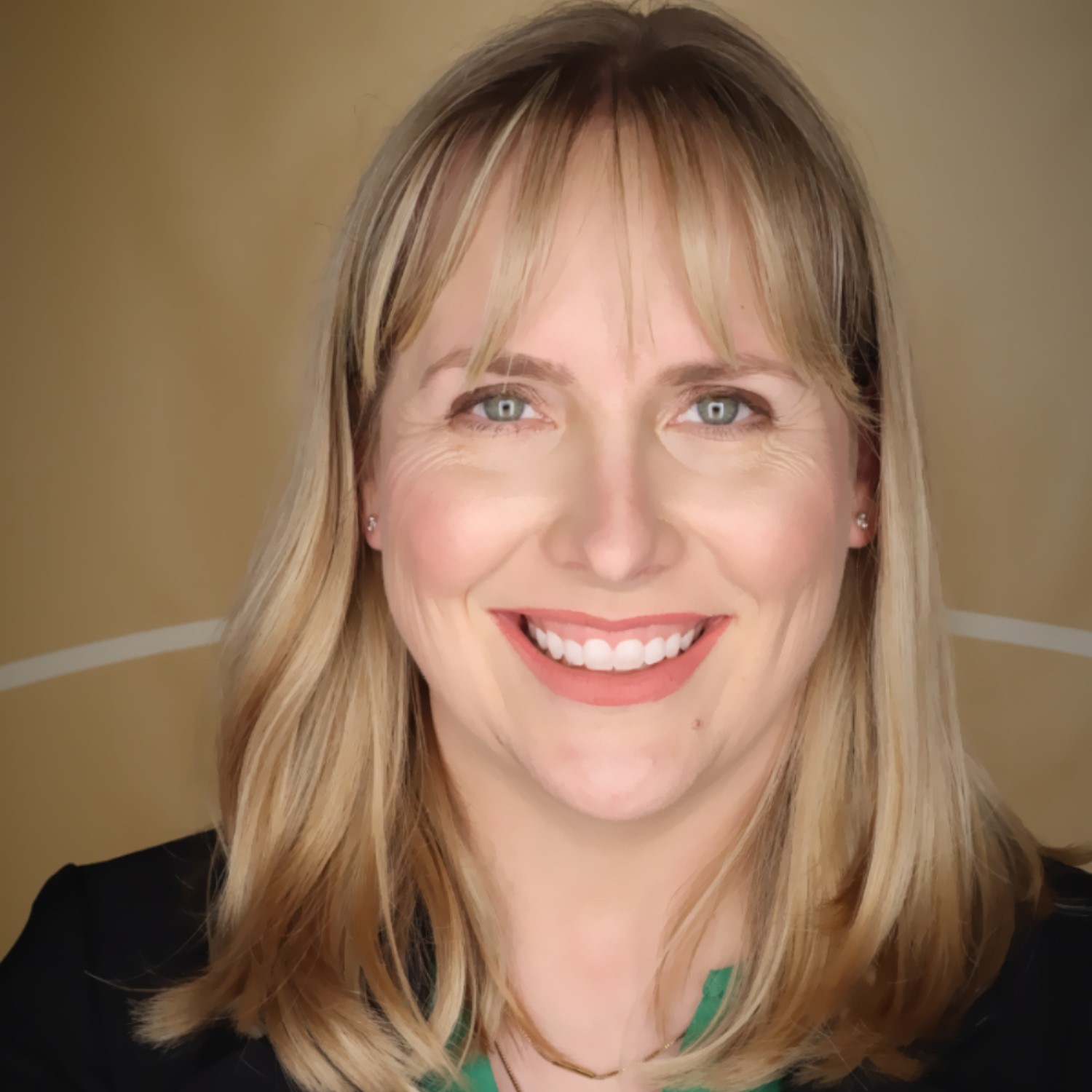
Sarah Lukes
At Agile Focus Designs, Sarah Lukes is on a mission to bring high-tech imaging advancements to large industries like semiconductors and pharmaceuticals, enabling industry users to use microscopic zoom without moving or damaging samples or the microscope. Her diverse background includes working in orthopedics/radiology, cardiovascular stents, and cryogenics/lidar at the Mayo Clinic, Boston Scientific, and S2 Corporation, respectively. She attained a PhD in electrical engineering at Montana State University with a focus on optical MEMS as an NSF Graduate Research fellow and is an Optica traveling lecturer and ambassador.
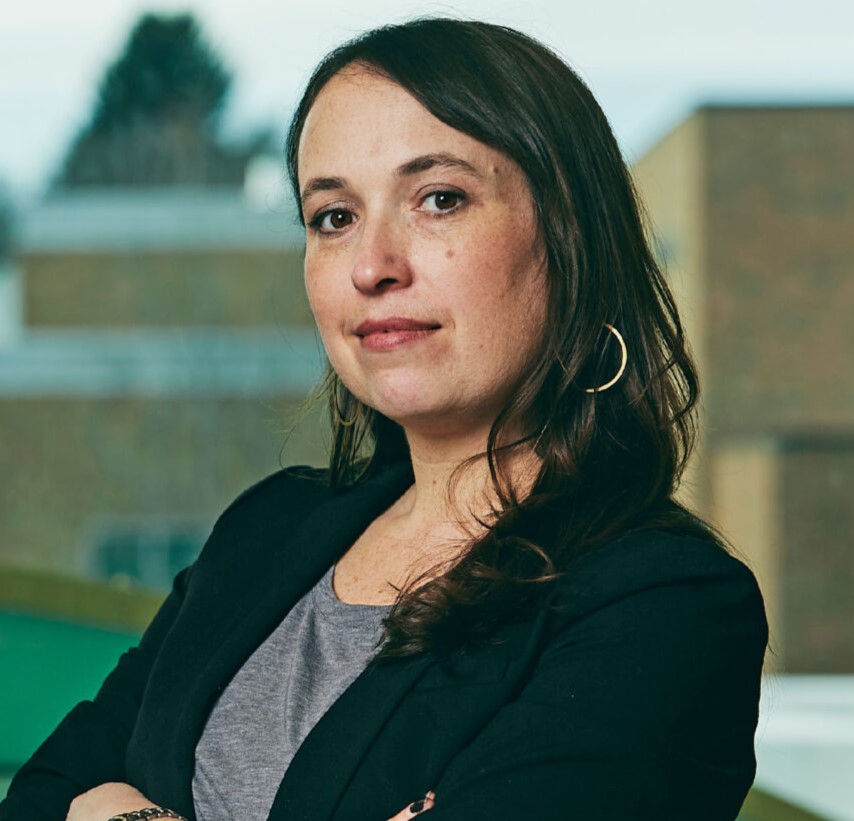
Amy Reines
Hello! I am an Associate Professor in the Department of Physics at Montana State University. Prior to moving to beautiful Bozeman, I was both a Hubble and Einstein Postdoctoral Fellow. I didn't know I wanted to be an astronomer growing up, but got hooked while taking Astronomy 101 as an undergrad at the University of Maryland. My first research experience was an optical SETI project at San Francisco State University and I later went on to study star formation in dwarf galaxies at the University of Virginia. During my last year of graduate school there, I discovered the first dwarf starburst galaxy known to host a supermassive black hole! I've been finding and studying black holes in dwarf galaxies ever since, which is currently our best observational probe of the origin of the first "seeds" of supermassive black holes.
Panelists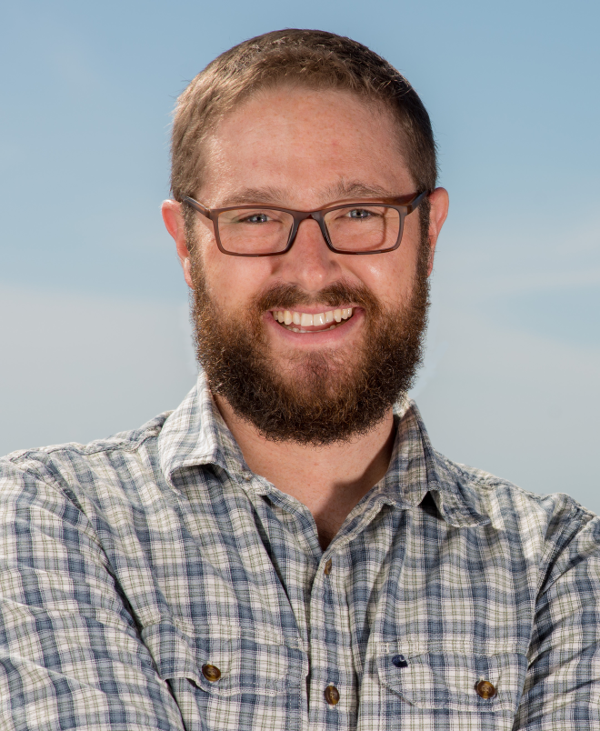 Nick BorysMontana State University Assistant Professor, Department of Physics & Associate Director, MonArk NSF Quantum Foundry. Research Interests: Nano-optical imaging and spectroscopy of quantum materials and nanoscale optoelectronic systems. Development of devices and technologies for quantum photonics. Personal Interests: Rock climbing, skiing, mountaineering, cooking, beard growing, and highly addictive TV series. 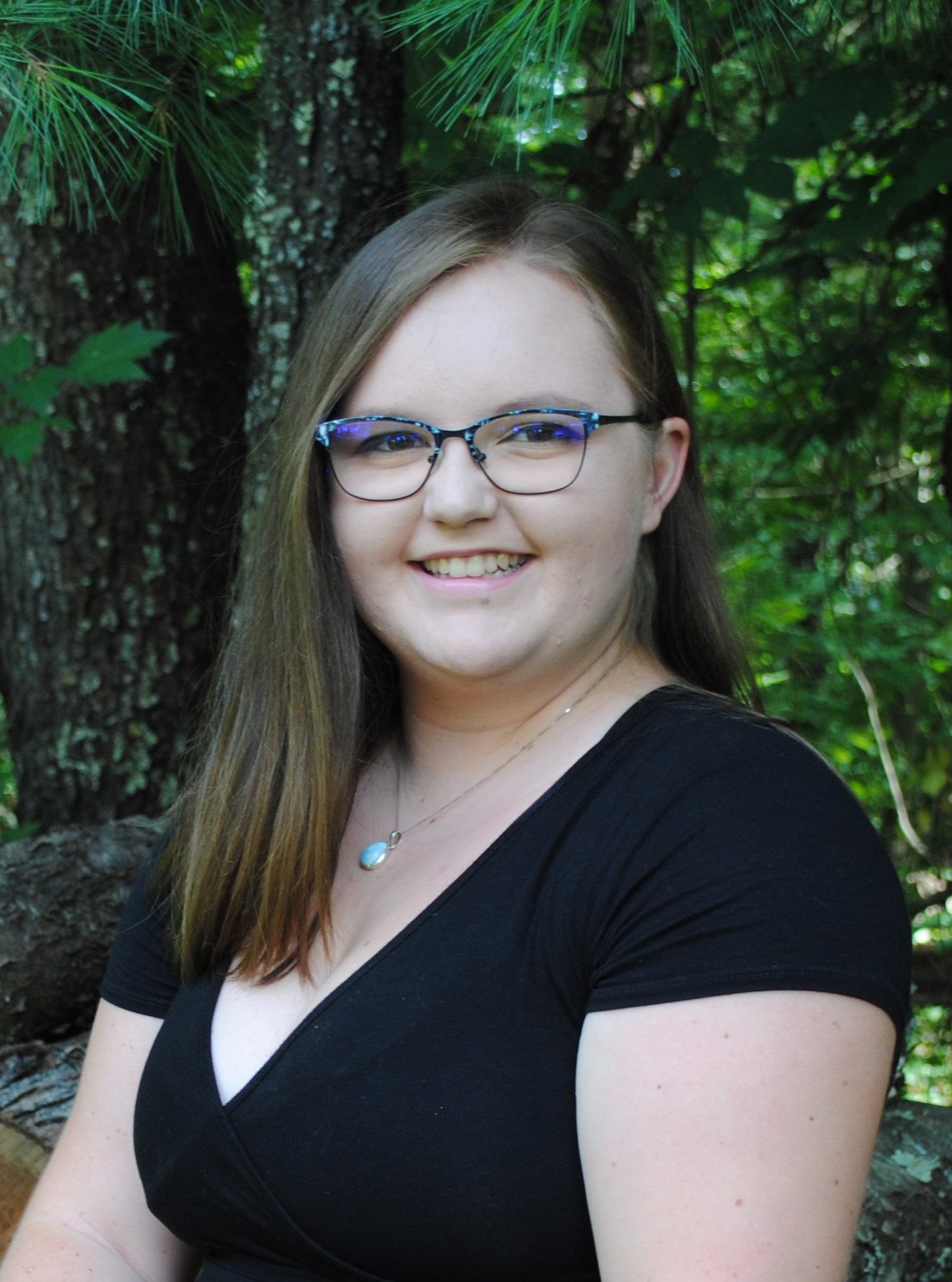 Hannah CrooksGallatin Health Medical Laboratory Hannah Crooks (She/Her/Hers) is currently working as a medical laboratory assistant in a hospital laboratory in western Montana. Her background in STEM began during her time at MSU where she studied organismal biology. While at MSU, Hannah worked in a laboratory with Herpes virus and specialized in fluorescence microscopy. Her first full time role was at a county health department working on communicable disease follow up and prevention education. Hannah's passion lies in creating inclusive, equitable health care that is accessible for all and meets patients where they are. She also believes in the power of quality health care in rural communities and how it can greatly impact the health outcomes for LGBTQ+ individuals. In her free time, she enjoys chasing after her dog, Nugget, and cat, Ellie, and playing board games with her fiance. 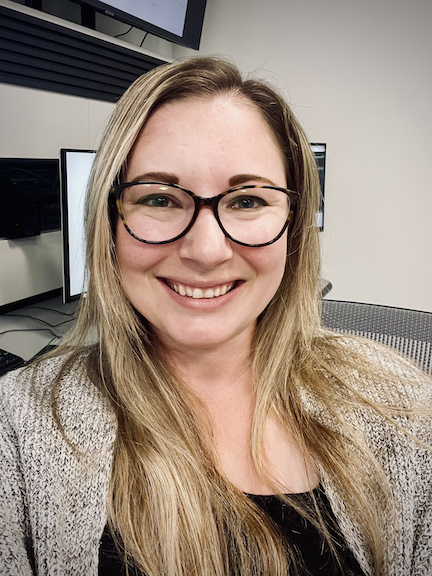 Erin GoodAGL Leader - Pacific Northwest National Lab Erin Good is currently a postdoctoral researcher at PNNL working on nuclear forensics research. She received a PhD in experimental nuclear physics from Louisiana State University in 2020, where she designed, built, and commissioned a silicon detector array for nuclear astrophysics experiments. She then worked at the Facility for Rare Isotope Beams, where she ran experiments with a high-efficiency NaI detector to measure statistical gamma ray properties to indirectly study neutron-capture reactions for astrophysics. She is excited to be attending her first CUWiP at Montana State! 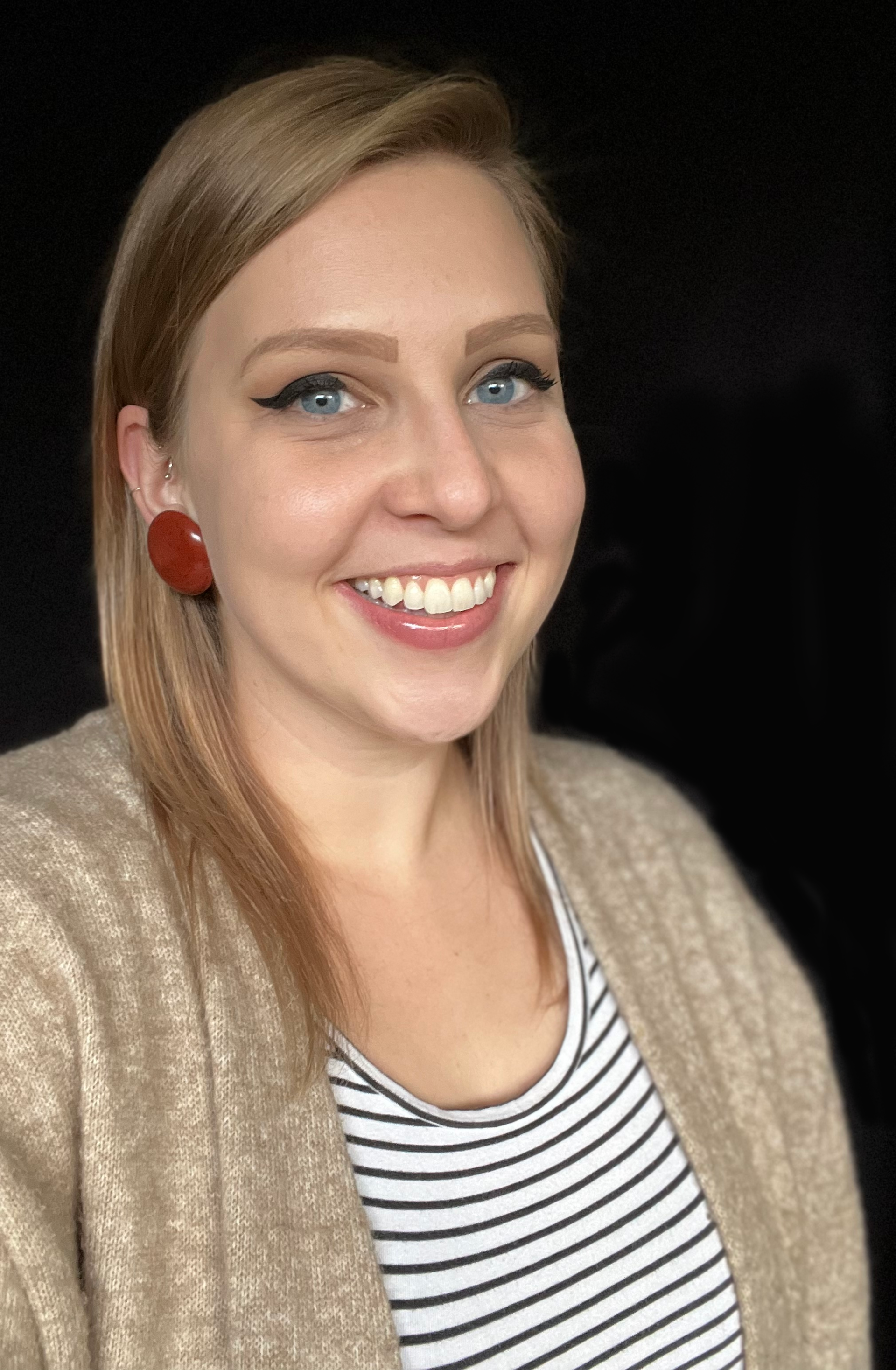 Sarah HendersonMontana State University Dr. Sarah Henderson is currently a postdoctoral research scholar at Montana State University. She is currently studying spatial and temporal variations of corotating interactions regions within the solar wind throughout our solar system. During her dissertation, she studied solar wind interactions at Mars using data collected by the Mars Atmosphere and Volatile EvolutioN (MAVEN) spacecraft. Sarah received her PhD in Physics from the University of Iowa in 2023, her MS in Physics from the University of Iowa in 2019, and her Bachelor of Arts in Physics and German from Lafayette College in 2016. Between her MS and PhD studies, she worked for a NASA GSFC contractor helping to calibrate Earth observing optical data collected by the Aqua and Terra spacecraft, as well as scheduling calibration events for both spacecraft as a member of the Instrument Operations Team. 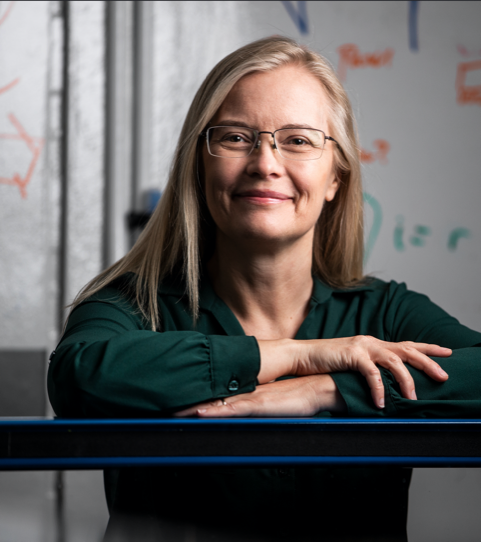 Traci NeilsenBringham Young University Traci Neilsen is currently an associate professor in the Department of Physics and Astronomy at Brigham Young University. She earned her Ph.D. in Physics from the University of Texas at Austin in 2000 and completed postdoctoral research at the Applied Research Laboratories, University of Texas at Austin, investigating iterative optimizations for source localization and seabed properties. Her research involved inferring seabed properties and locations of sound sources in shallow ocean environments. In 2005, she began teaching at Brigham Young University as an adjunct professor. While continuing to teach, she also worked in a part-time “soft money” job researching jet noise. In May 2018, she became a full-time professor and returned to underwater acoustics. She has recently been applying deep learning to ocean acoustics applications with her undergraduate and graduate research assistants. Traci enjoys teaching and mentoring students. She is active in the Acoustical Society of America where she has served as Chair of the Women in Acoustics Committee and is currently a member of the Executive Council. Laura SampsonNatera Laura Sampson completed her PhD in physics at Montana State University, where she did research on testing general relativity with gravitational waves from LIGO and NANOGrav. She then did a postdoc in Astrophysics at Northwestern in a very similar research area, before pivoting to modeling the propagation of disease at a postdoc in disease ecology at Penn State University. After this, she transitioned out of academia and into industry, working as a bioinformatician and statistician for companies studying the use of genomics and proteomics in disease detection and surveillance. 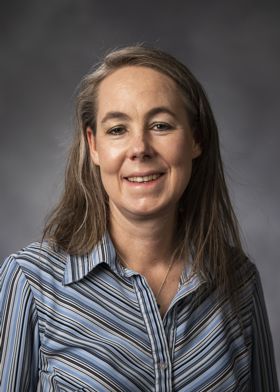 Denise StephensBringham Young University Dr. Denise Stephens received her bachelor degree in Physics in 1996 from Brigham Young University, and her MS and PhD in Astronomy in 1999 and 2002 from New Mexico State University. She worked at Space Telescope Science Institute for three years, and Johns Hopkins for three years, before taking a faculty position at Brigham Young University in 2007. Her research interest focuses on brown dwarf atmospheres and exoplanet transits. She leads a small group of mostly undergraduate research students and is dedicated to helping students be successful and navigate their post-education years, whether they choose to apply to graduate school or enter the work force. Her husband Tom used to work for NASA and is now a computer science professor at BYU, and they have seven children. 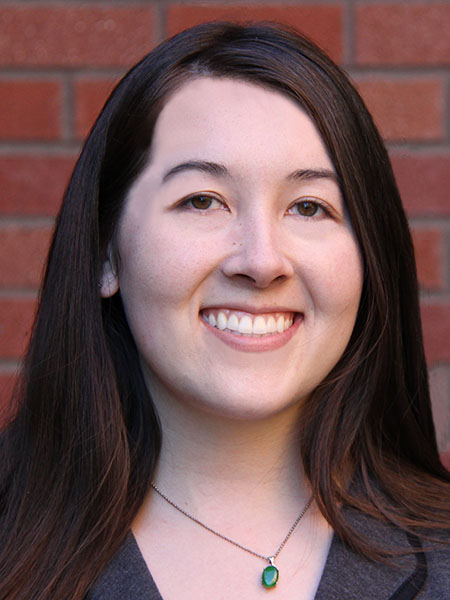 Alycia StuartMKS Instruments, Inc Alycia Stuart became interested in physics when a spot opened up in an ultrafast laser lab during her sophomore year at Willamette University. She then completed a BA in physics in 2015. She completed her MS in Applied Physics with a focus on optical materials and devices at the University of Oregon in 2016. From there, she worked at Thermo Fisher Scientific on a project that combined femtosecond laser material processing with a Scanning Electron Microscope (SEM) to develop workflows for 3D slice and view data reconstruction and analysis. Currently, she works at MKS Instruments characterizing high power CO2 lasers used in flex PCB manufacturing. Sean CostelloAmerican Physical Society Bryce HughesMontana State University Graduate Student Panelists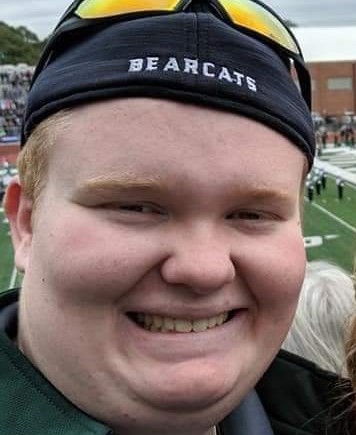 Dalton ForbesFirst year grad student
Research interests: Quantum Optics in 2 Dimensional Semi Conductors
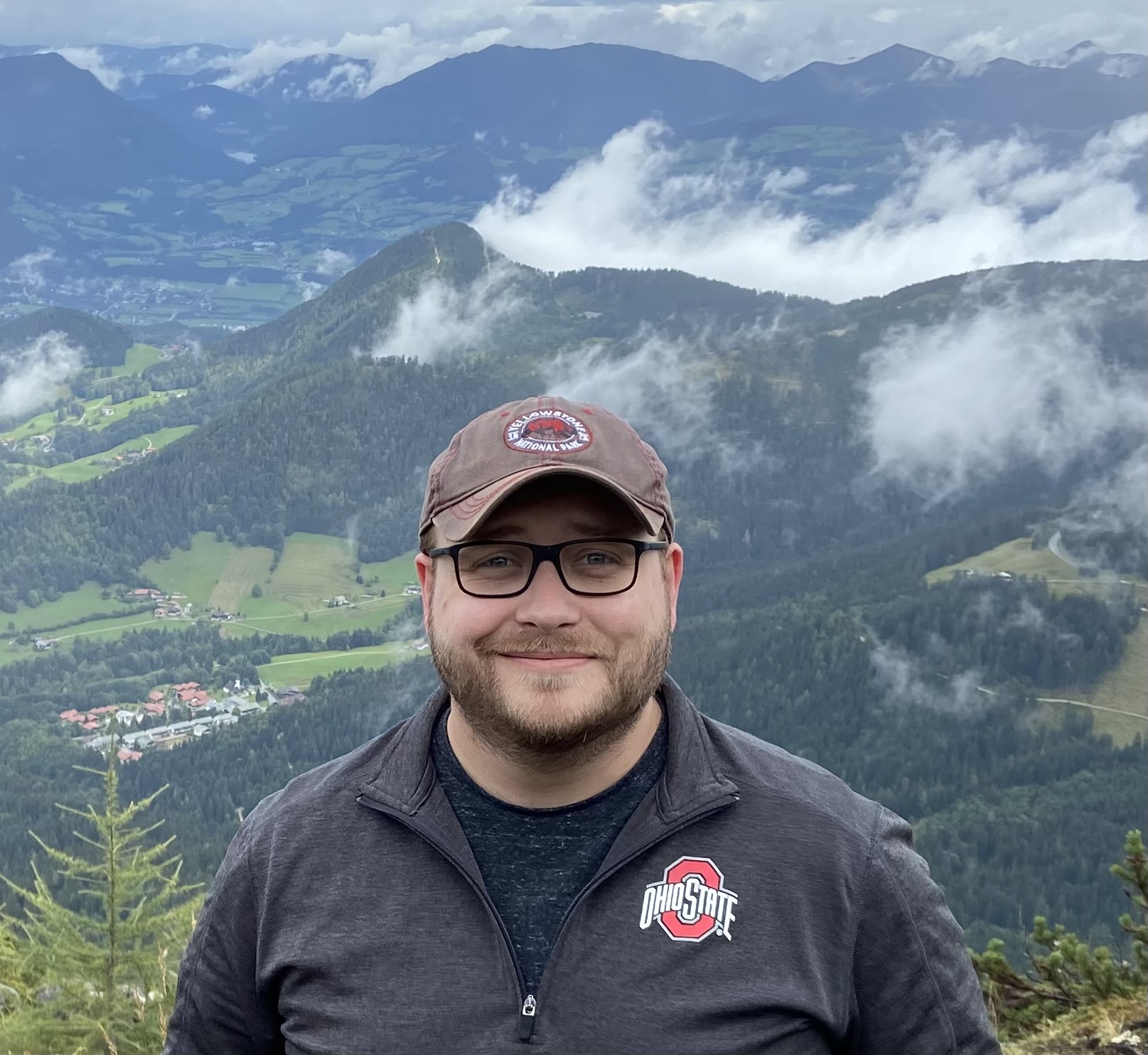 Michael ReinhardFirst year grad student
Research interests: Spectroscopy, Stellar Abundances, Galactic Evolution
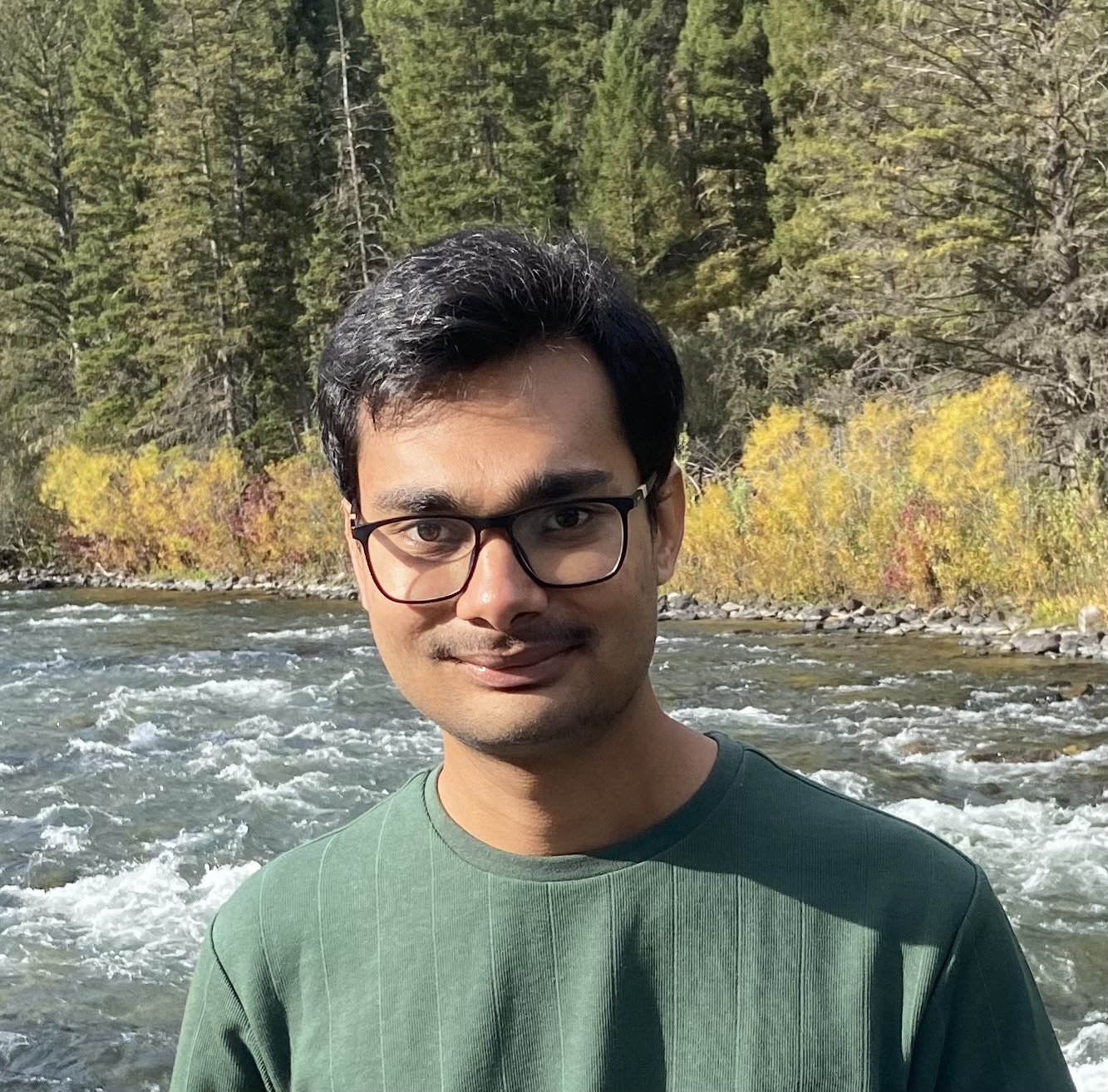 Neel VadodariaFirst year grad student Research Interests: Gravitational Waves and Variable star astronomy 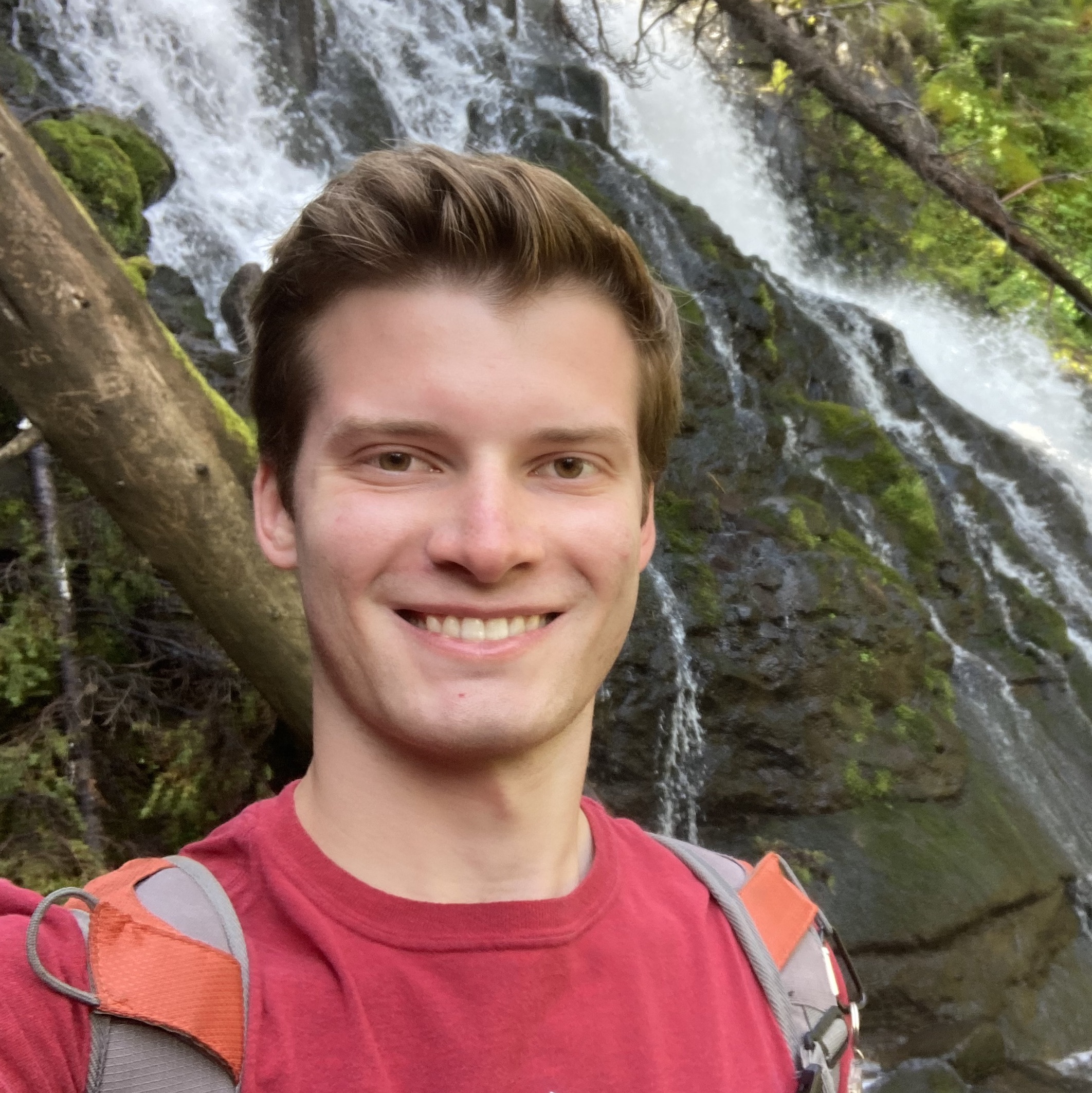 Noah PearsonThird year grad student Research Interests: Gravitational Physics 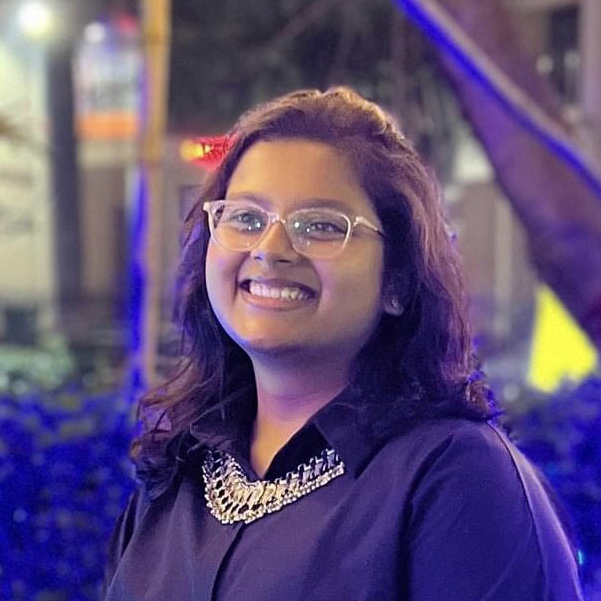 Shramana GhoshFirst year grad student Research Interest: Gravitational Physics 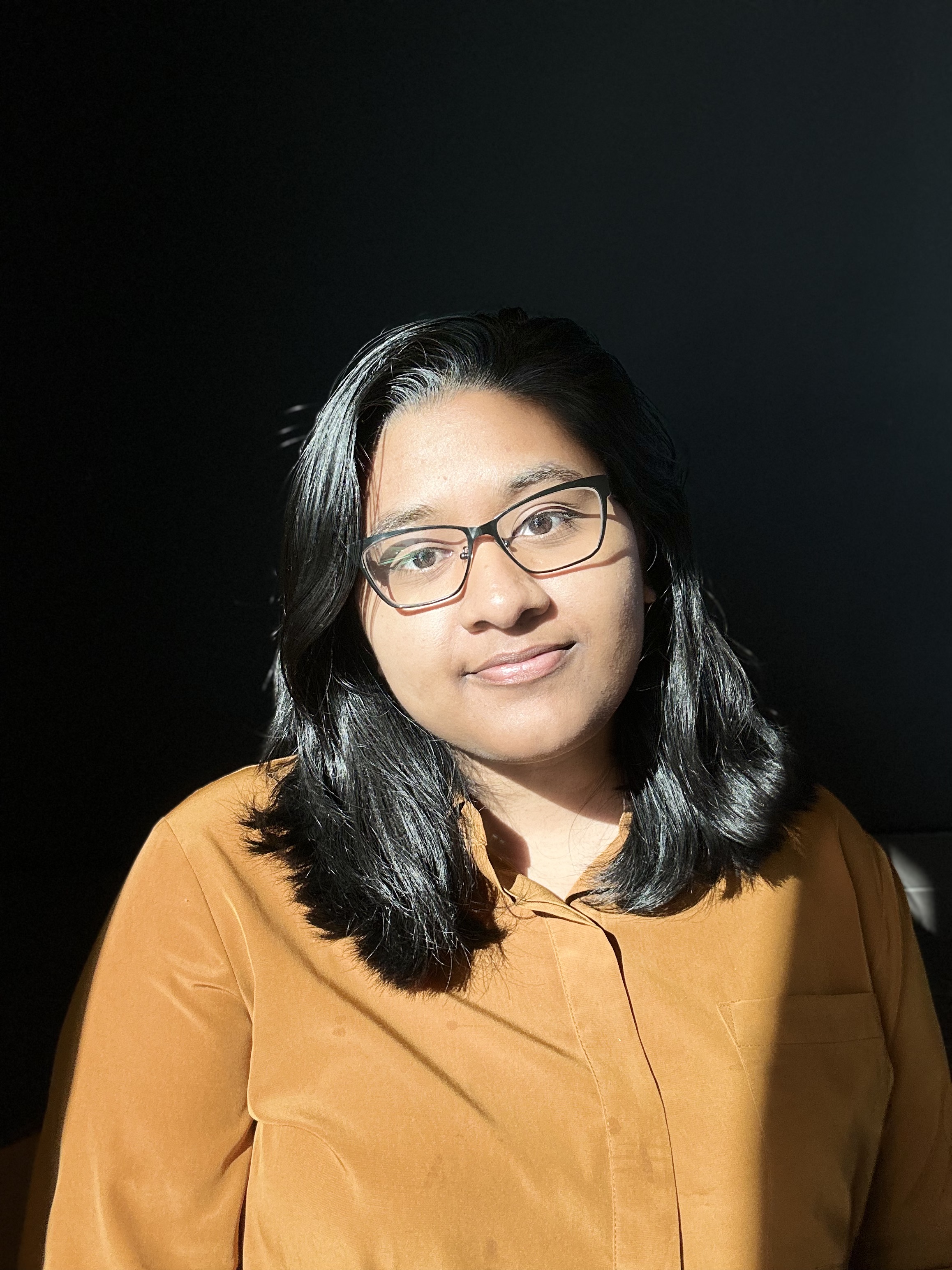 Syeda NasimFirst year grad student Research Interest: Gravitational Physics 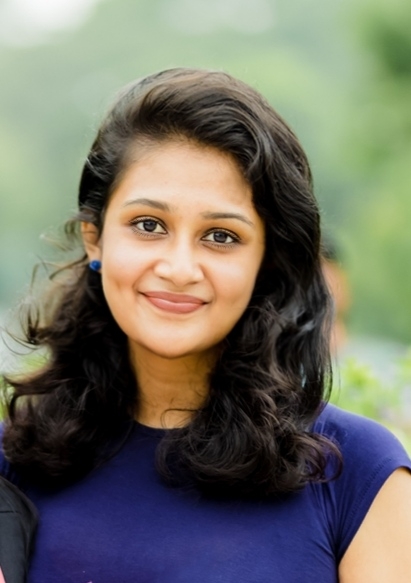 Thiloka De SilvaFirst year grad student Research Interest: Condensed Matter Physics |
